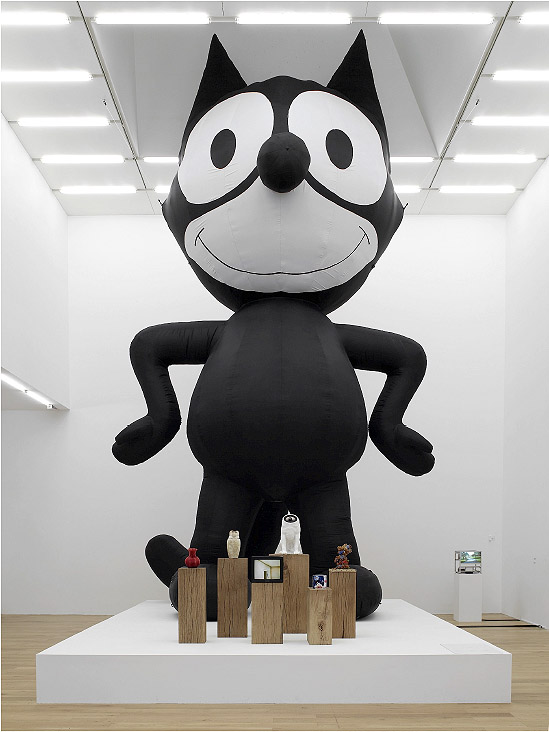
“‘Things’ arise when objects down tools and refuse to cooperate with us, break down, or have their functions mysteriously interrupted.” – Thinking Things, Steve Connor
This year, Unit 20 looks to the death and rebirth of objects as they transition from function to ‘thing’ and possibly back again. We will listen, observe, collect and explore the questions ‘things’ pose around the interplay of humans, nature and technology, and what trajectories they might suggest for our collective futures and alternative nows.
Broadly,
“The Thing-ness of objects becomes palpable or visible or in some sense knowable, where there’s an interruption within that circuit… the circuit whereby we, you know, float, as we do, through objects.” – The Nature of Things, Bill Brown
We will look to museums, collections, archives and art galleries to observe and consider objects, artifacts and ‘things’ removed from circulation, transforming their meanings and purposes, and see what they, their interrelationships and their shifting contexts can elucidate.
We will look to art’s cultivation of uselessness, resisting computation or quantification, and its ability to imagine, pose questions and inhabit unknowingness, to open spaces of thought.
And we will look to landscapes of ‘things’ – zones of (de-)industrialisation and their waste zones. The spoil tip or slag heap, for example, is an ultimate ‘thing’ – functionless from birth and creating huge territories and topographies of ‘nothing’. As monuments to the huge extraction that fuelled industrialisation, coked the steels of modernism, and added volatility to our atmosphere, these sites were, and are now more than ever, sites of immense sociological and ecological change. Might these seemingly apocalyptic landscapes, when redundant, also provide opportunities for new life? How do we begin to conceive of a rewilding of other species, cultures and ‘things’ that might claim space via instability, uselessness and chemical inhospitableness?
“Thing theory is addressing how it is the inanimate object world helps to form and transform human beings alike.” – The Nature of Things, Bill Brown
It is Unit 20’s postulation that, by tuning into objects and ‘things’, their shifting contexts, and the ideas that accumulate around them, new kinds of exchanges are possible. In the face of a seemingly endless production of material ‘things’ and information, building new scapes of seemingly uncontrollable scale and complexity, what other ways of thinking, looking and knowing might come forward? What changes are required to our immediate environment – housing, communal space, distribution of resources? What would it mean for humans to renege their authority to other kinds of intelligence and ways of thinking the world? What kinds of structures, adaptations and constructions do we need?
We will excavate and extract from our architectural and art histories – looking back to the futures of the past, at the utopian vilages (now ‘things’) of industry and the possibilities and questions posed by past avant-guard architects of the last century. Taking these lessons and tangents as points of departure we will draw out and model speculative architectures for alternative nows and near futures.
“Never again shall a single story be told as though it were the only one.” – Ways of seeing, John Berger